
B2BALTIC Television went to discover in Sweden how much important an healthy eggs-packaging is for people, for food stores and farmers. This video is useful source of information for anybody. B2BALTIC promotes smart products to protect social health, environment and hygiene! Watch the video to learn more about safety rules for your own family. We want to propose this smart egg packaging made-in-Sweden to our smart farmers, eggs industries, markets and food retailers. B2B: you can buy and resell it. Research on video, contributions by: ICA, COOP, AXFOOD
This new concept of egg packaging is produced using new, virgin, Hygienic biodegradable material. The packaging is designed with the environment in mind, down to every aspect of design and constructed with the eggs best interest in mind. We believe in safe eggs for all. Contact us today for any question or detail.
Raw material
The egg shell looks hard but by nature’s design, it has millions of micro-holes to make breathing possible for the chick while it grows inside the egg. The holes are designed in a way to suck in oxygen but at the same time prevent the liquid (water contents) from leaking out. When exposing eggs (shell) to any material the tendency is that they suck in that material as much as it can. Everyone has experience during Easter festivities when you decorate eggs by coloring them and when the festivities are over, you break them and see the same paint used for coloring the shells has penetrated inside the eggs.
Hygiene in storage
All of us know that bacteria and viruses grow fast in humid conditions. Egg shells usually have contamination because eggs are naturally dropped from chickens back to the floor usually with a hint of a chicken blood contamination that stays on the shell after the eggs have been laid. The risk is increased by floor contamination which is a mixture of chicken droppings etc. Storing eggs in a humid condition without air circulation causes the bacteria to thrive and grow quickly. Even if the eggs are washed and there is no air circulation around them, the eggs get rotten fast.
Hygiene in food retail stores
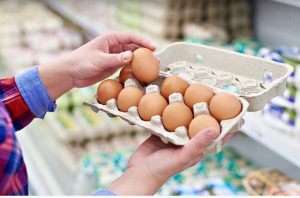
If you are a person who always opens up an egg box to make sure that the eggs inside are unbroken or un-cracked, you are one of the absolute majority.
Anti-molding
The paper pulp egg packaging by it’s nature sucks in all the moist and humidity in the air and as a result creates a very humid air and resting place for eggs. Any food item can get moldy when exposed to high humidity. So are the eggs just any other food item. Some times the molds are not even visible but surely harmful to health. The best recommendation that all food health experts do is to keep the food dry.
Carbon footprint
Every year 100s of billions of egg boxes are used to pack eggs. This estimation is documented in the market size section of this document. They are produced in egg box production companies and transported to egg packing companies. Just to get a better understanding of these huge transportation requirements, it might be beneficial to know that a full truckload of egg packaging in paper is 100,000 pcs. Let’s estimate the world market of eggs at a figure of 550 billion eggs and take into calculations only egg boxes of 12. This means 46 billion packs are required to pack that number of eggs, which equates to 460,000 trips by trucks from packaging manufacturer to egg packaging company are required to deliver this quantity.
Water and power saving
Recycling paper is a huge water consumption process. To turn the waste paper into egg boxes requires a huge amount of water. 180g/egg package! CozyChick production does not consume any water. The water for this process is very minimal and used in a circle for cooling the machines but not consumed in the manufacturing process. Recycling paper demands a huge electricity power but our packaging requires only 15% of power compared to recycled paper egg packaging.
Full Recycling
This package is fully recyclable. The big advantage of it is that there will be no impurities and, therefore, the recycling process is not challenging and up to 100% of the material is recyclable. As this packaging is uniform and sizes are so precise, it is possible to make a redemption system as we do today in most of the countries such as Sweden. It is much more convenient to collect them at home as the stacking space required at home is much lower than for bottles. In redemption stations at supermarkets easily a station can be added to receive the packaging and pay the collector a redemption fee. This system already exists for bottles and can easily be adopted and introduced for this package as well.
Labeling advantage
The technology used in production of our packaging allows a 100% chemical free labeling. Both in paper egg packaging and other plastic egg packaging in the market (done by thermo-forming technology as described earlier) labels are glued to the packaging. Glue contains harmful chemicals which directly goes to nature by these packages. Also on both paper and plastic egg packaging the material used to produce labels are different from the packaging itself. This makes correct recycling extremely difficult and costly. As the labels are attached to the products by glue there are issues most of the time such as not being glued on the right position, not glued fully and correctly etc. This packaging is produced by injection molding technology which is the only technology that allows the label to be attached to the product without using any glue.

Contact B2BALTIC team for further details and references.


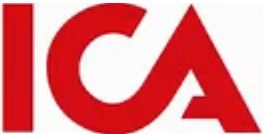
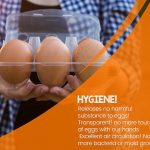
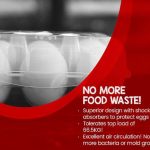
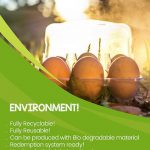












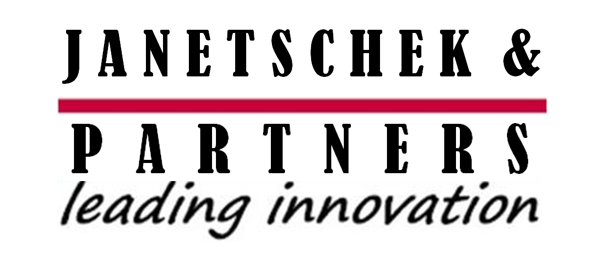


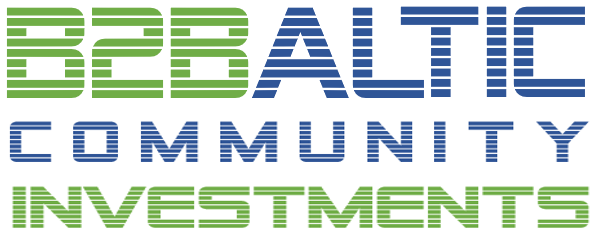 The Nordic Baltic Channel for Media and Industries uses cookies to increase performance, however, caring about your privacy, selecting the cookies,
The Nordic Baltic Channel for Media and Industries uses cookies to increase performance, however, caring about your privacy, selecting the cookies,